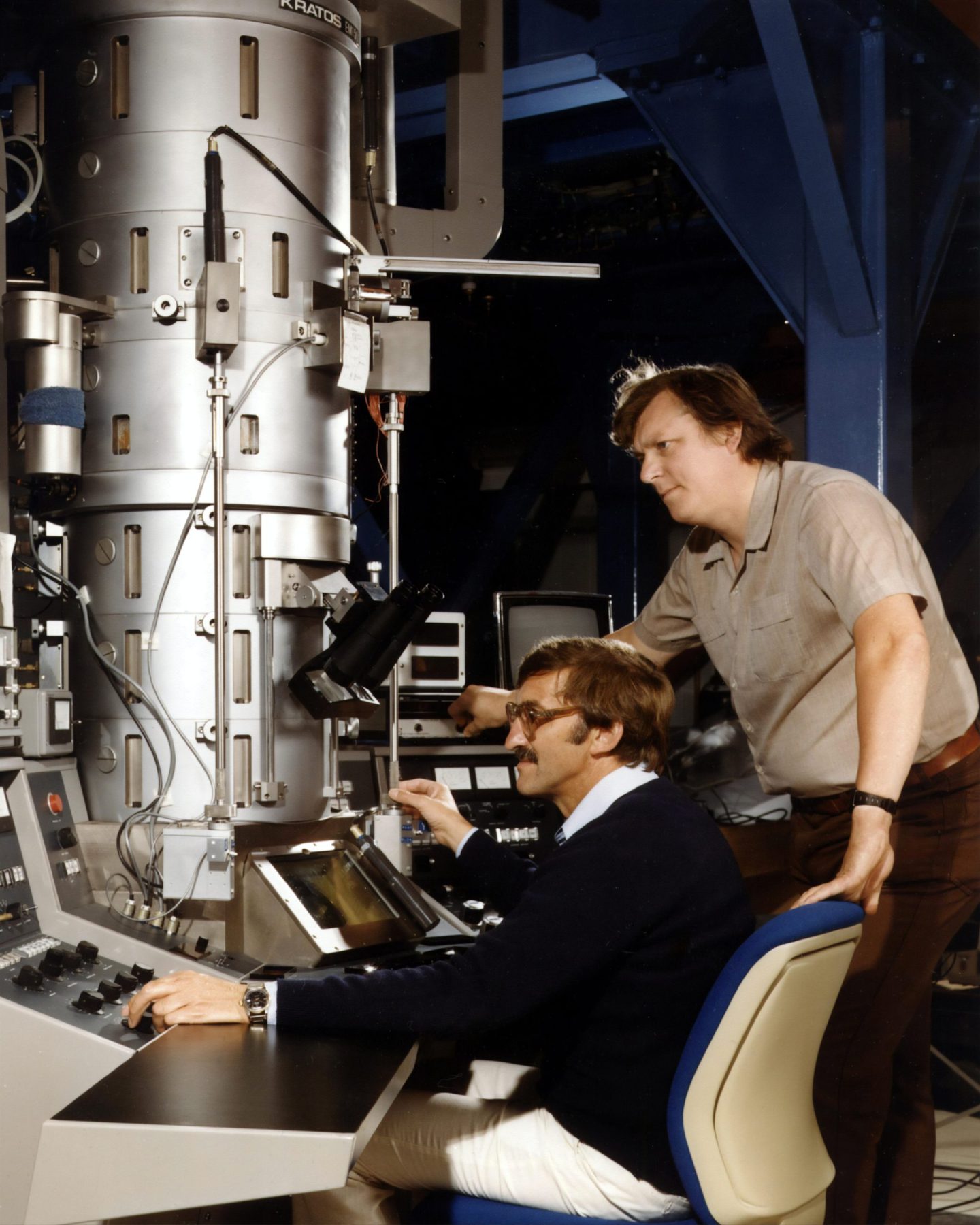What Is A Spectrometer?
A spectrometer is a scientific instrument used to separate and measure spectral components of a physical phenomenon (figure 1). The spectrometer is a broad term often used to describe instruments that measure a continuous variable of a phenomenon where the spectral components are somehow mixed.

Figure 1: Picture of an advanced spectrometer (Philip Harris, 2020)
There are two main kinds of spectrometers: those that measure electromagnetic radiation and those that measure particle emissions. Electromagnetic radiation is the energy that is radiated outward in the form of waves, such as visible light, microwaves, and radio waves. Particle emissions come from nuclear reactions or from collisions using a particle accelerator. Spectrometers that measure particle emissions spectrometers include mass spectrometers, particle accelerators, and proton accelerators. These machines are often used to provide information for atomic and subatomic particles.
Electromagnetic Radiation
Spectrometers and spectrographs that measure electromagnetic radiation are commonly used in many areas of astronomy. They can identify the composition of stars and interstellar clouds. Instruments for measuring electromagnetic radiation are also used in the detection of chemicals, gases, and minerals. Electromagnetic radiation is used in the examination of the properties of crystals and for the production of chemicals.
The Electron
Electromagnetic spectrometers often measure electrons. These instruments are used to measure the chemical composition of an atom given the position of elements in the periodic table. The measurements are taken with an electron spectrometer or a light spectrometer. Electron spectrometers use electrons while light spectrometers measure the photons emitted by atoms and molecules. Electron spectrometers (figure 2) use an electron accelerator, a mass spectrometer, or a particle accelerator.

Figure 2: Electron spectrometers setup (Wikipedia, 2020)
Light spectrometers (figure 3) are commonly used with a prism, a diffraction grating or a cell mount. These instruments are used to identify elements using the spectral emission line. Particle spectrometers are the most popular due to the high sensitivity and accuracy. Due to the many types of spectrometers, they are often used in conjunction with one another.

Figure 3: Light spectrometers experimental setup (Intro Physics for Living Systems, 2020)
Particle Spectrometers
Particle spectrometers are specialized instruments that are used in the identification of subatomic particles. Particle accelerators are used to subject particles to uniform electric fields that are much stronger than those found in ordinary circumstances. Particle accelerators are used to improve the identification of particles by a huge factor.
Examples:
There are many examples of spectrometers currently used in analytical chemistry for the detection and identification of more than 17 million chemicals and hundreds of thousands of gases and minerals. Atomic beam sources are devices that are used in connection with spectrometers. Atomic beam sources are designed to detect specific atoms and molecules. Applications for these devices include spectroscopy, laser technology, and atomic research.
References
Intro Physics for Living Systems. (2020). Spectrometers. Retrieved from Intro Physics for Living Systems: http://www.ipls.gatech.edu/2212-sp17/recitation-labs/technical-information/spectrometers/
Philip Harris. (2020). Spectrometer Advanced. Retrieved from Philip Harris: https://www.philipharris.co.uk/product/physics/light,-sound-and-waves/em-spectrum/spectrometer-advanced/b8a46395
Wikipedia. (2020). Auger electron spectroscopy. Retrieved from Wikipedia: https://en.wikipedia.org/wiki/Auger_electron_spectroscopy

Dr. Adam Zaidi, PhD, is a researcher at The University of Manchester (UK). His doctoral research focuses on reducing carbon dioxide emissions in hydrogen production processes. Adam’s expertise includes process scale-up and material development.’



